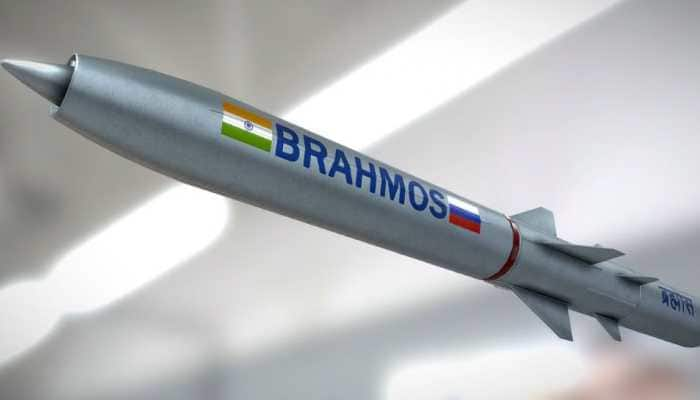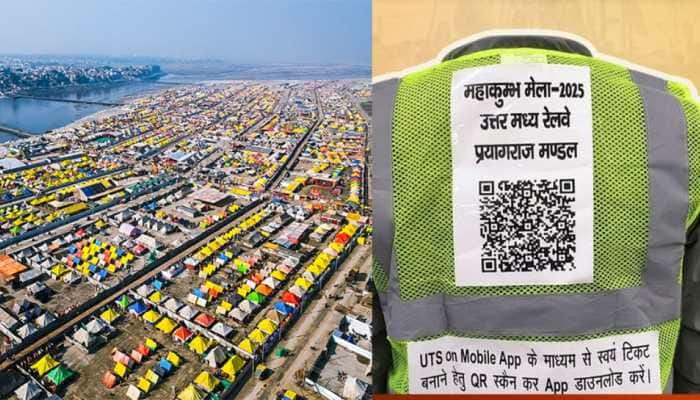3D sense to help robots do household chores
The new technology has the ability to both recognise something and fill in the blind spots in its field of vision, to reconstruct the parts it cannot see.
Trending Photos
) Representational image
Representational image Washington: Scientists have developed a new technology that enables machines to make sense of 3D objects in a richer and more human-like way, an advance that will make robots more suitable for daily chores.
The new technology has the ability to both recognise something and fill in the blind spots in its field of vision, to reconstruct the parts it cannot see.
"That has the potential to be invaluable in a lot of robotic applications," said Ben Burchfiel from Duke University in the US.
A robot that clears dishes off a table, for example, must be able to adapt to an enormous variety of bowls, platters and plates in different sizes and shapes, left in disarray on a cluttered surface.
Humans can glance at a new object and intuitively know what it is, whether it is right side up, upside down or sideways, in full view or partially obscured by other objects.
Even when an object is partially hidden, we mentally fill in the parts we cannot see.
The robot perception algorithm can simultaneously guess what a new object is, and how it is oriented, without examining it from multiple angles first. It can also "imagine" any parts that are out of view, researchers said.
A robot with this technology would not need to see every side of a teapot, for example, to know that it probably has a handle, a lid and a spout, and whether it is sitting upright or off-kilter on the stove, they said.
This is an important step towards robots that function alongside humans in homes and other real-world settings, which are less orderly and predictable than the highly controlled environment of the lab or the factory floor, Burchfiel said.
Researchers trained their algorithm on a dataset of roughly 4,000 complete 3D scans of common household objects: an assortment of bathtubs, beds, chairs, desks, dressers, monitors, nightstands, sofas, tables and toilets.
Each 3D scan was converted into tens of thousands of little cubes, or voxels, stacked on top of each other like LEGO blocks to make them easier to process.
The algorithm learned categories of objects by combing through examples of each one and figuring out how they vary and how they stay the same, using a version of a technique called probabilistic principal component analysis, researchers said.
When a robot spots something new - say, a bunk bed - it does not have to sift through its entire mental catalogue for a match. It learns, from prior examples, what characteristics beds tend to have, they said.
Based on that prior knowledge, it has the power to generalise like a person would - to understand that two objects may be different, yet share properties that make them both a particular type of furniture.
Stay informed on all the latest news, real-time breaking news updates, and follow all the important headlines in india news and world News on Zee News.
Live Tv







)
)
)
)
)
)
)
)
)
)
